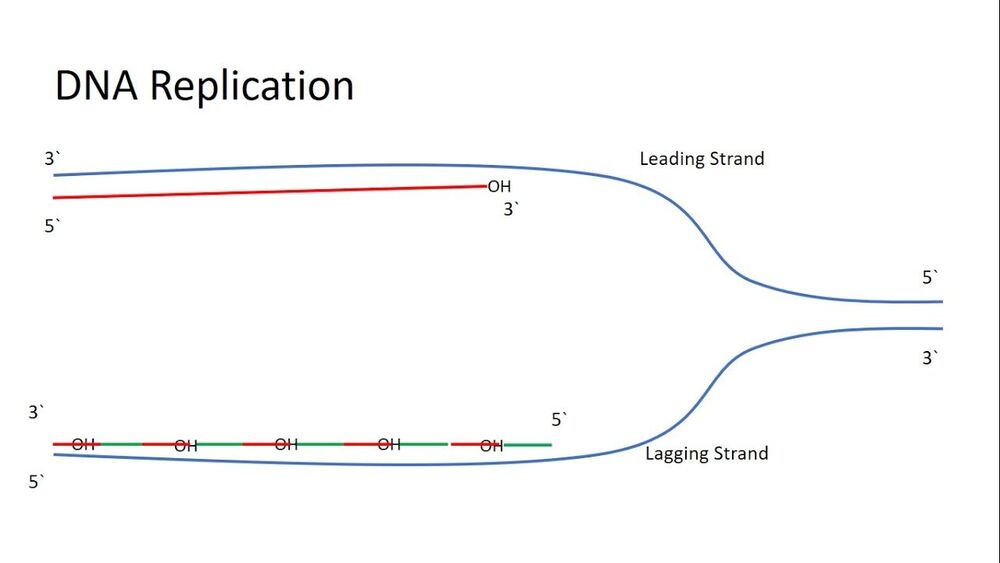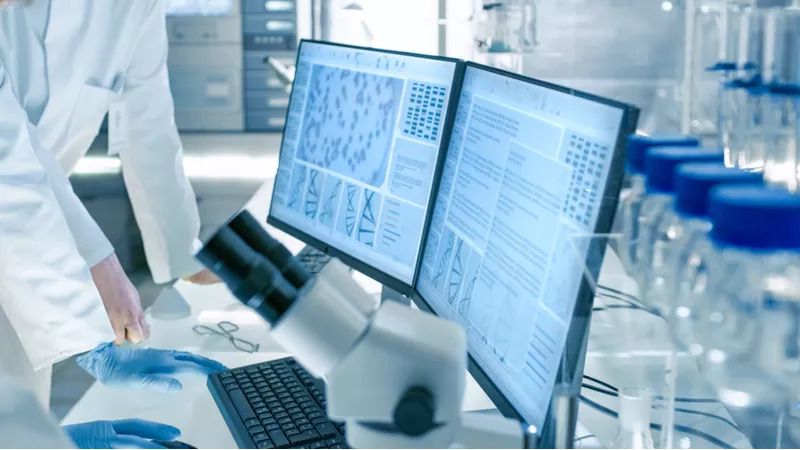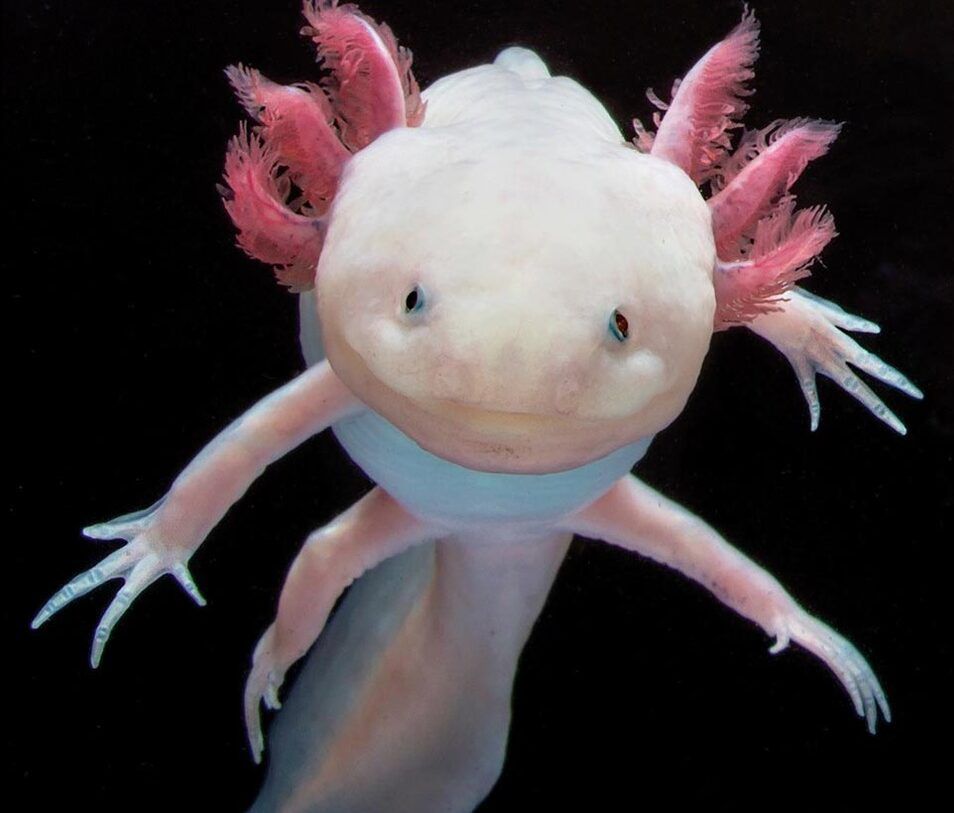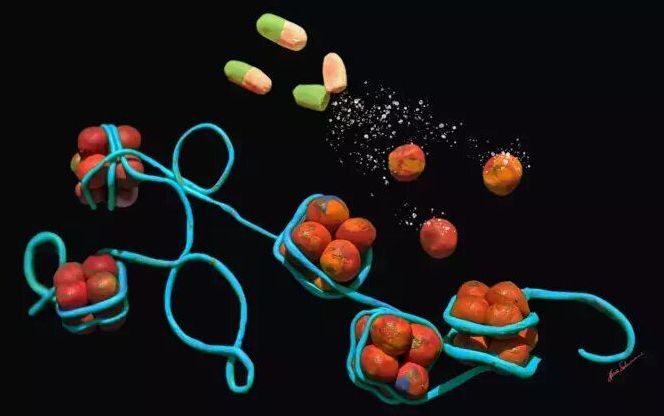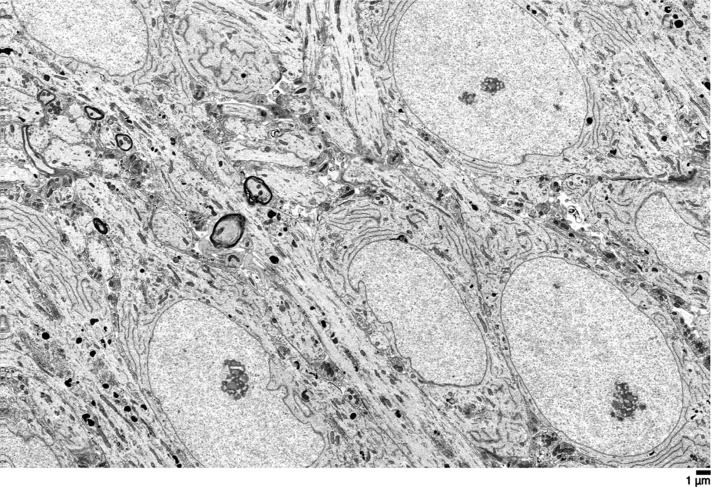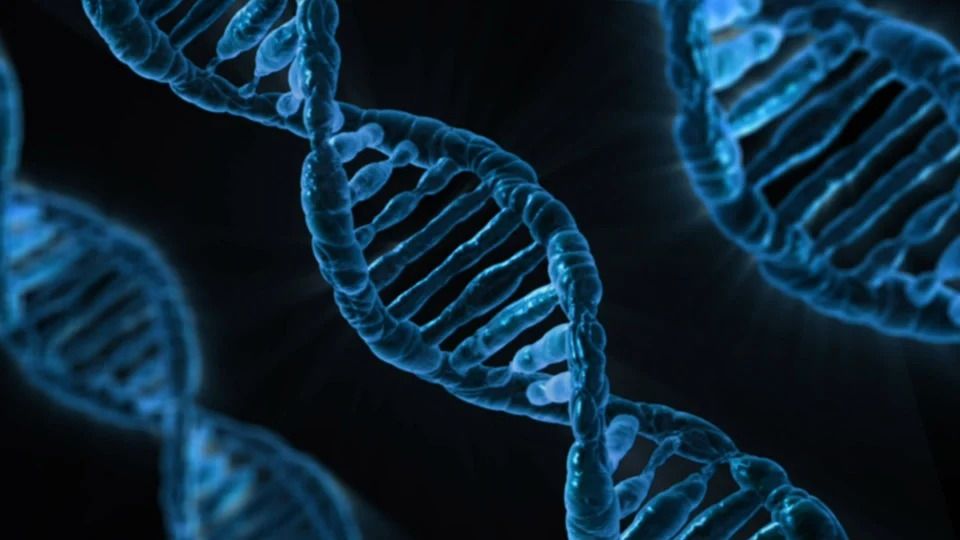Jun 15, 2021
Selenium: How Much Is Optimal For Health?
Posted by Mike Lustgarten in categories: biotech/medical, food, life extension
For those who track their diet, eating only the RDA for many nutrients may not optimize health. For example, the RDA for selenium is 55 micrograms per day, but is that amount optimal for reducing risk of death for all causes?
Papers referenced in the video:
Continue reading “Selenium: How Much Is Optimal For Health?” »

